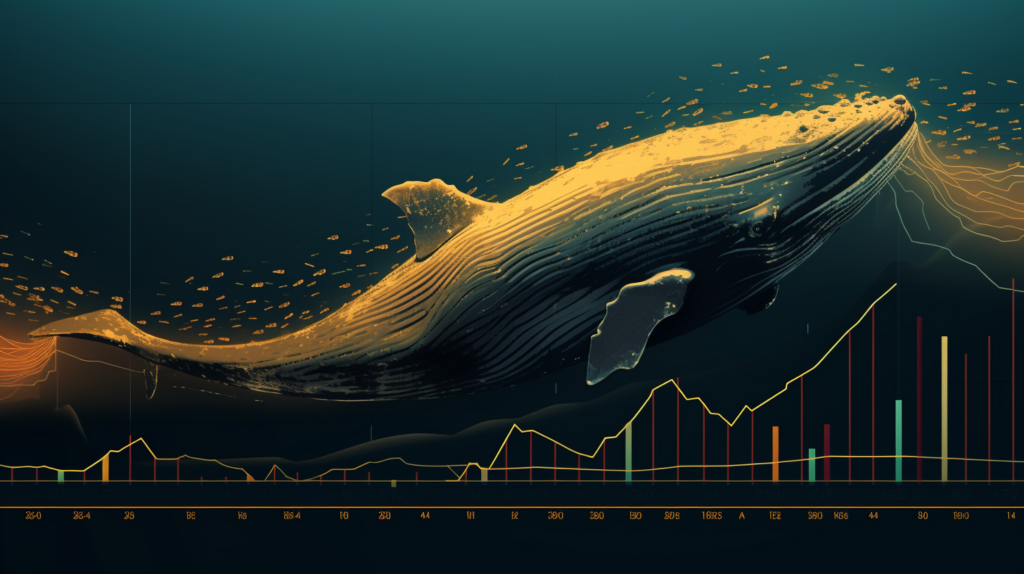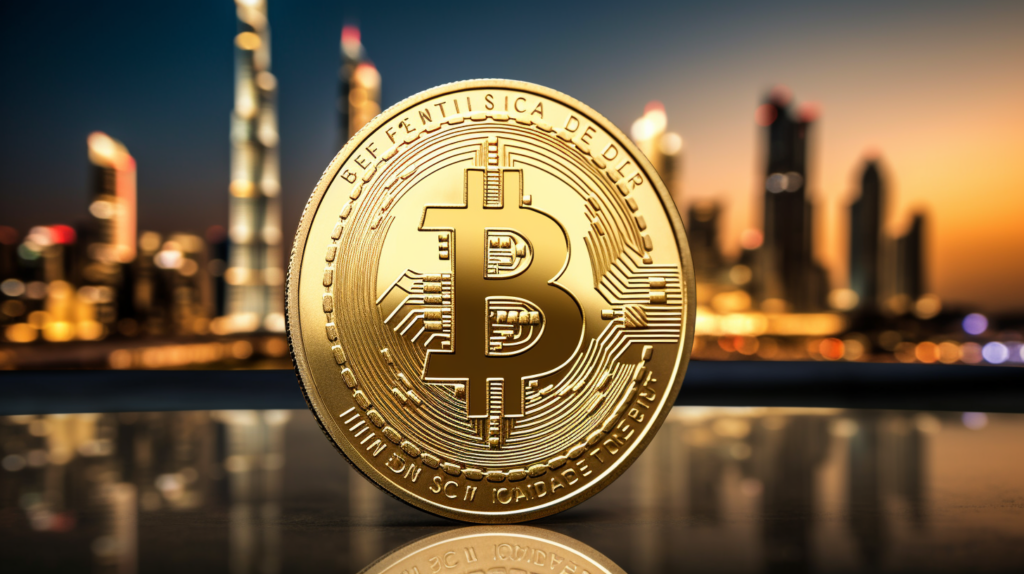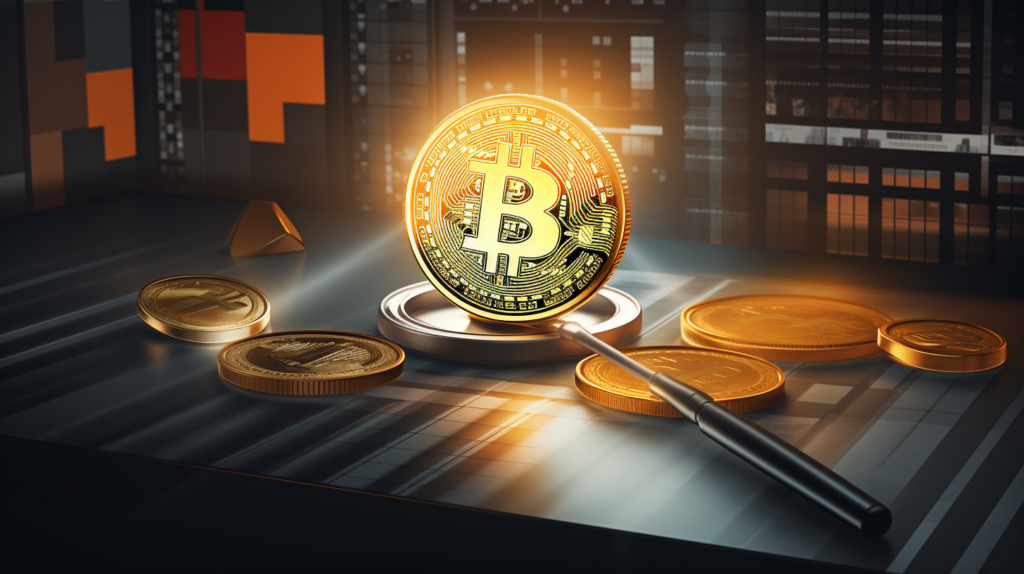The Unusual Supply Drought
According to crypto analytics platform Santiment, only 5.8% of the total Bitcoin (BTC) supply is currently held on trading platforms. This is the lowest level seen in approximately six years, last observed on December 17, 2017. The decline in BTC supply on exchanges indicates that investors are losing confidence in centralized platforms, opting instead for cold storage and self-custodial methods. This trend has been particularly noticeable since the collapse of FTX, one of the largest cryptocurrency exchanges, in November last year.
A Crisis of Confidence
The decline in BTC supply on exchanges is not a new phenomenon but has been exacerbated by a series of unfortunate events. The collapse of FTX in November led to increased BTC outflows from major exchanges like Binance. The first quarter of 2022 saw a surge in self-custodial methods, and by May 2023, the supply had further dwindled to its current 5.8%. This suggests that the current low level is driven by fear, uncertainty, and doubt (FUD) among investors, who are wary of which exchange might be the next to collapse.
The Whale Factor
While the general supply of BTC on exchanges is dwindling, Santiment’s report also highlights significant activity among BTC whales. Transactions exceeding $100,000 in value are averaging 57,400 weekly, despite Bitcoin’s recent plunge to $25,000. This whale activity spiked after BlackRock, the world’s largest asset manager, filed an application for a spot Bitcoin ETF in June, encouraging more applications from other traditional finance giants.
From My Point of View
The decline in BTC supply on exchanges is a double-edged sword. On one hand, it signifies a lack of trust in centralized platforms, which could deter new investors. On the other hand, it could be seen as a positive development for the crypto community, as it encourages the adoption of more secure, self-custodial methods. However, the significant whale activity could be a cause for concern, as it suggests that the market is becoming increasingly concentrated, potentially making it more susceptible to manipulation.
The current situation calls for cautious optimism. While the low supply on exchanges may be a red flag for some, it could also be an opportunity for investors to diversify their holdings and explore more secure storage options. But as I see it, the key takeaway here is the need for a more robust and trustworthy ecosystem for both retail and institutional investors.





